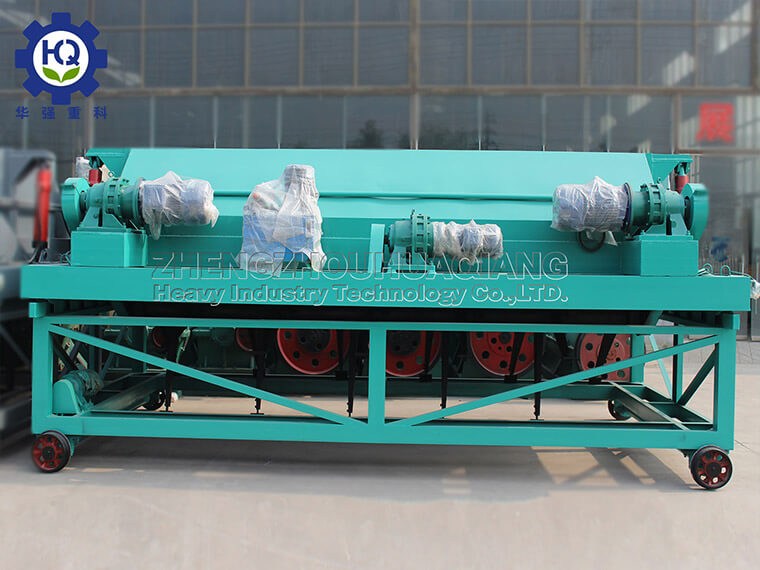Cost and benefits of organic fertilizer equipment for fecal processing
The price of manure processing organic fertilizer equipment varies due to differences in scale, equipment configuration, and process requirements. Generally speaking, the investment in small-scale organic fertilizer production lines may range from tens of thousands to hundreds of thousands of yuan, while the investment in large-scale production lines may reach millions of yuan. This includes equipment such as organic fertilizer flippers, animal manure crushers, conveyors, horizontal mixers, organic fertilizer granulators, screening machines, weighing and packaging machines, etc..jpg)
As for whether one can make money, it mainly depends on the comprehensive influence of multiple factors, including but not limited to the following aspects:
Raw material costs: The cost of obtaining, processing, and transporting feces will directly affect the production cost of organic fertilizers.
Market demand: The market demand and price level of organic fertilizers will directly affect the sales revenue and profit of organic fertilizers.
Production efficiency: The performance of equipment, the rationality of processes, and the scale of production all affect production efficiency, which in turn affects costs and profits.
Policy environment: The government’s policy support for environmental protection, agriculture, and other fields will also have an impact on the development of the organic fertilizer industry.
Therefore, it is not possible to simply provide a definitive answer to determine whether manure processing organic fertilizer equipment can make money. Before making an investment decision, it is necessary to conduct sufficient market research, technical evaluation, and economic analysis to ensure the rationality of the investment decision. At the same time, it is also necessary to pay attention to preventing market and technological risks to ensure the long-term stable development of the project.
.jpg)

.jpg)
.jpg)




